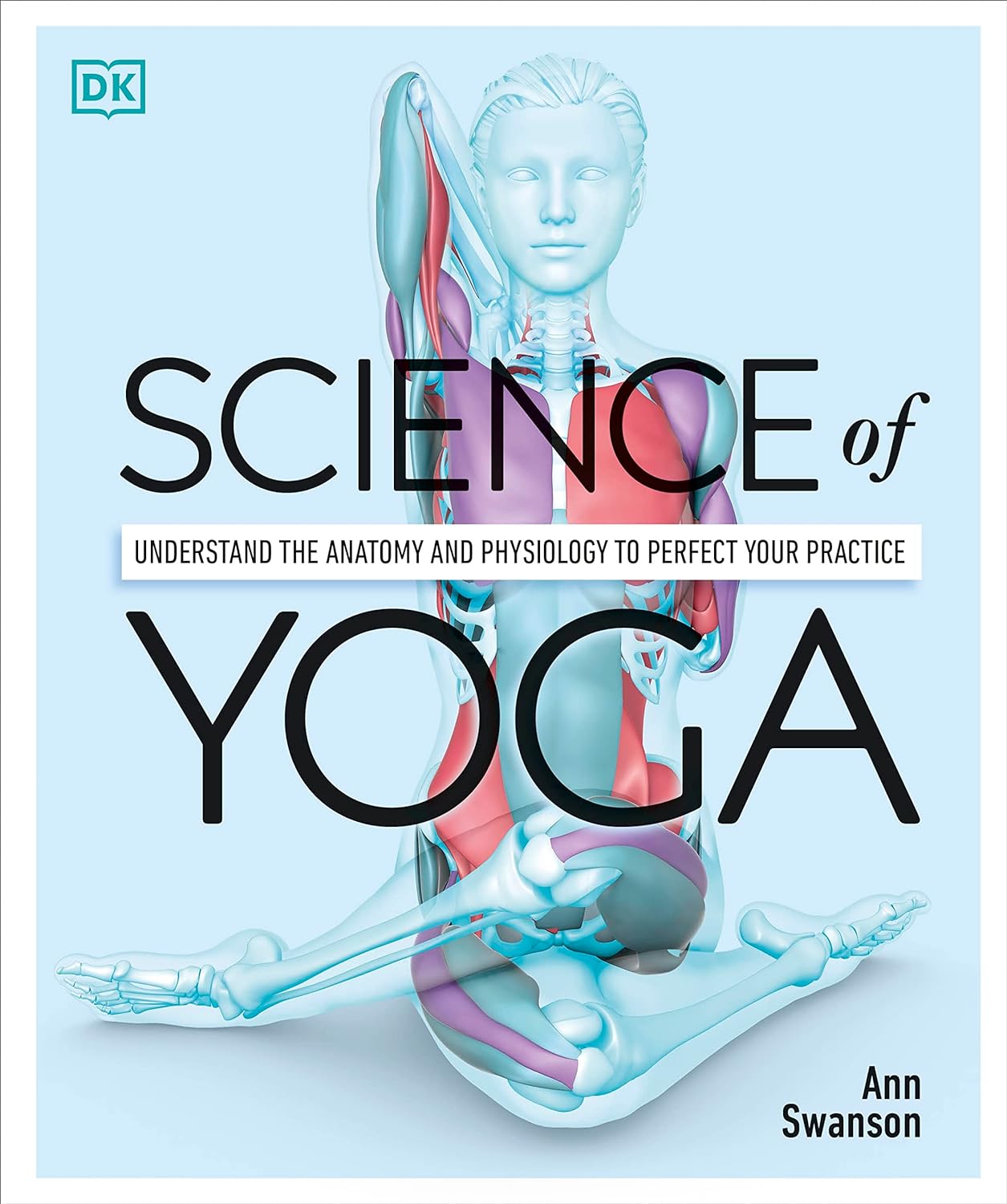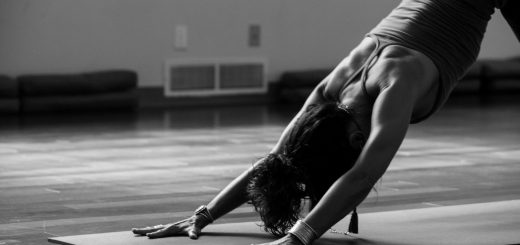Pranayama: Mastering Breath Control for Vitality

Hey there, amazing readers! 🖐️ Just a quick note: yes, we know there are a lot of ads here. Trust us, we get it—it’s not the prettiest look, but they help us keep this blog alive and kicking. Those pesky little ads cover the costs of all the behind-the-scenes magic, from hosting and tech stuff to creating content we hope you’ll love.
We’re committed to delivering quality posts, and your support (even just sticking around despite the ads) means everything to us. So, bear with us, and thanks for helping us keep the good vibes rolling. Now, on to the fun stuff! 😉
TRANSLATE BUTTON AT THE END OF THE ARTICLE
Introduction to Pranayama
Pranayama is an ancient practice that focuses on mastering breath control to enhance vitality and overall well-being.
Originating from the Sanskrit words "prana" meaning life force and "yama" meaning control, pranayama techniques have been passed down through generations in Eastern cultures as a way to connect the mind, body, and spirit.
By harnessing the power of breath, individuals can achieve a deeper sense of self-awareness and inner peace.
Understanding Breath Control
Breath control is the foundation of pranayama practice.
It involves conscious manipulation of the breath to regulate energy flow throughout the body.
By controlling the inhalation, retention, and exhalation of breath, practitioners can influence not only their physical health but also their mental and emotional states.
Through mindful breathing techniques, individuals can channel positive energy and release negative emotions, leading to a more balanced and harmonious existence.
Benefits of Pranayama
The benefits of pranayama practice are vast and far-reaching.
From improved respiratory function to reduced stress and anxiety, mastering breath control can have a profound impact on overall health and well-being.
Some of the key benefits of pranayama include:
Increased oxygen intake and improved circulation
Enhanced concentration and mental clarity
Reduced blood pressure and heart rate
Boosted immune system and detoxification of the body
Calming of the nervous system and stress relief
Techniques for Vitality
There are several pranayama techniques that can be practiced to enhance vitality and energy levels.
Some popular techniques include:
Deep Breathing: Inhale deeply through the nose, expanding the abdomen, then exhale slowly through the mouth.
Alternate Nostril Breathing: Close one nostril with your thumb and inhale through the other nostril, then switch and exhale through the opposite nostril.
Kapalabhati Breath: Rapidly exhale and passively inhale, focusing on the forceful exhalation to cleanse the body.
Importance of Proper Posture
Proper posture is crucial when practicing pranayama as it allows for optimal breath control and energy flow.
Sitting in a comfortable position with a straight spine and relaxed shoulders can help maximize the benefits of each breath.
By maintaining good posture, individuals can ensure that the breath moves freely throughout the body, promoting vitality and overall wellness.
Finding Inner Peace
One of the primary goals of pranayama practice is to find inner peace and balance amidst the chaos of daily life.
By focusing on the breath and cultivating mindfulness, individuals can quiet the mind and connect with their inner selves on a deeper level.
Through regular pranayama practice, individuals can experience a sense of tranquility and serenity that extends beyond the physical body.
Enhancing Mind-Body Connection
Pranayama is a powerful tool for enhancing the mind-body connection.
By synchronizing breath with movement and intention, individuals can cultivate a greater sense of awareness and unity within themselves.
This heightened awareness can lead to improved focus, emotional stability, and overall mental clarity.
Through pranayama practice, individuals can tap into the innate wisdom of the body and mind, fostering a deeper connection to self.
Types of Pranayama Practices
There are various types of pranayama practices, each with its own unique benefits and effects on the body and mind.
Some common types of pranayama include:
Anulom Vilom (Nadi Shodhana): Alternate nostril breathing to balance the flow of energy.
Bhastrika: Rapid breathing to increase energy levels and mental alertness.
Sheetali: Cooling breath to reduce body heat and calm the mind.
Ujjayi: Ocean breath to create a soothing sound and deepen the breath.
Incorporating Pranayama into Daily Routine
To experience the full benefits of pranayama, it is essential to incorporate it into a daily routine.
Setting aside just a few minutes each day to practice breath control can have a significant impact on overall well-being.
Whether done in the morning to start the day with clarity or in the evening to unwind and relax, pranayama can be a powerful tool for maintaining vitality and inner peace.
Precautions and Considerations
While pranayama is generally safe for most individuals, there are some precautions and considerations to keep in mind before starting a practice.
It is advisable to:
Start slowly and gradually increase the duration and intensity of pranayama practice.
Listen to your body and avoid pushing yourself beyond your limits.
Consult with a healthcare provider if you have any underlying health conditions or concerns.
Practice pranayama in a quiet, peaceful environment to maximize its benefits.
Seeking Guidance from Experts
For those new to pranayama or looking to deepen their practice, seeking guidance from experts can be invaluable.
Certified yoga instructors, meditation teachers, or pranayama specialists can provide personalized guidance and support to help individuals navigate the intricacies of breath control and energy regulation.
By learning from experienced practitioners, individuals can unlock the full potential of pranayama practice and experience its transformative effects.
Conclusion: Embracing Pranayama Practice
In conclusion, mastering breath control through pranayama can be a transformative journey towards vitality, inner peace, and overall well-being.
By understanding the principles of breath control, exploring various techniques, and incorporating pranayama into a daily routine, individuals can reap the numerous benefits of this ancient practice.
Through proper posture, mindfulness, and guidance from experts, individuals can deepen their mind-body connection and unlock the secrets of pranayama for a more harmonious and fulfilling life.
Embracing pranayama practice is not just about breathing; it’s about embracing a holistic approach to health and wellness that nourishes the body, mind, and soul.

The Enlightenment Journey is a remarkable collection of writings authored by a distinguished group of experts in the fields of spirituality, new age, and esoteric knowledge.
This anthology features a diverse assembly of well-experienced authors who bring their profound insights and credible perspectives to the forefront.
Each contributor possesses a wealth of knowledge and wisdom, making them authorities in their respective domains.
Together, they offer readers a transformative journey into the realms of spiritual growth, self-discovery, and esoteric enlightenment.
The Enlightenment Journey is a testament to the collective expertise of these luminaries, providing readers with a rich tapestry of ideas and information to illuminate their spiritual path.
Our Diverse Expertise 🌟
While our primary focus is on spirituality and esotericism, we are equally passionate about exploring a wide range of other topics and niches 🌍📚. Our experienced team is dedicated to delivering high-quality, informative content across various subjects ✨.
To ensure we provide the most accurate and valuable insights, we collaborate with trusted experts in their respective domains 🧑🏫👩🏫. This allows us to offer well-rounded perspectives and knowledge to our readers.
Our blog originally focused on spirituality and metaphysics, but we’ve since expanded to cover a wide range of niches. Don’t worry—we continue to publish a lot of articles on spirituality! Frequently visit our blog to explore our diverse content and stay tuned for more insightful reads.






